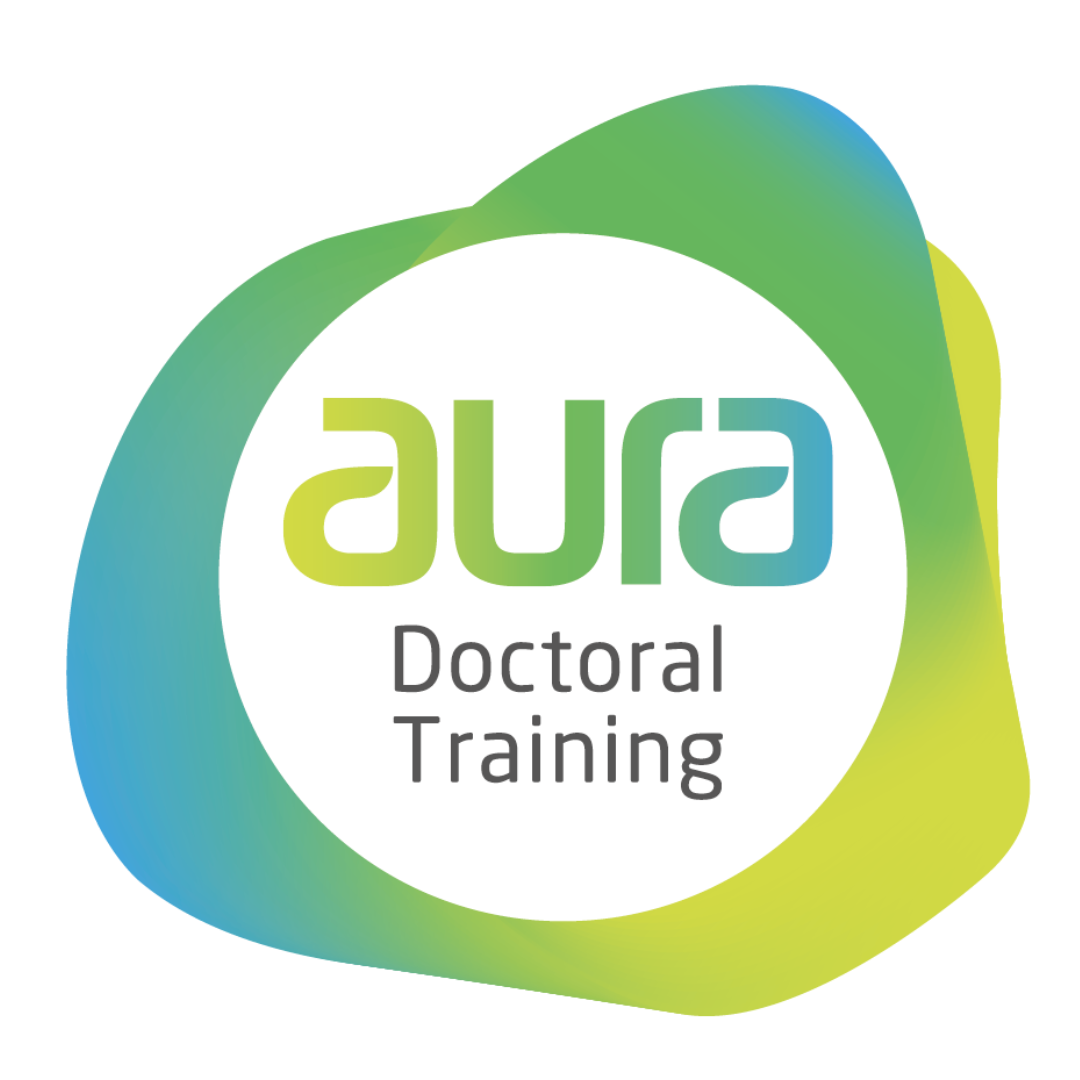

Research projects

- Research area
Push the Frontiers of Offshore Wind Technology
- Institution
Durham University
- Research project
Large Deformation Numerical Modelling of Drag Embedment Anchors for Floating Offshore Wind
- Lead supervisor
Professor Will Coombs (Professor – Department of Engineering, Durham University)
- PhD Student
- Supervisory Team
Professor Charles Augarde (Professor – Department of Engineering, Durham University)
Dr Alessandro Leonardi (Senior Lecturer in Geomechanics, University of Sheffield)
Dr Robert Bird (Durham Department of Engineering, University)
Project Description:
This PhD scholarship is offered by the EPSRC CDT in Offshore Wind Energy Sustainability and Resilience; a partnership between the Universities of Durham, Hull, Loughborough and Sheffield. The successful applicant will undertake six-month of training with the rest of the CDT cohort at the University of Hull before continuing their PhD research at Durham University.
The deployment of offshore wind energy requires operations that interact with the seabed. These operations range from initial site investigation, where cone penetrometers are used to determine seabed properties for foundation/cable design, to the installation of foundations/moorings that support/secure turbines and burial of cables that transfer power within a wind farm and to shore.
The site-specific and variable nature of the seabed makes it difficult to predict the seabed’s response to these operations, such as predicting the force required to install a foundation/anchor or to create a trench for a power cable. However, this information is required when specifying vessels and deployment equipment, creating uncertainty, inflated costs due to over specification of vessels and/or insurance claims when delays occur.
The transition to floating offshore wind to meet 2050 net-zero targets will bring additional challenges that require innovative anchoring and mooring solutions to secure thousands of turbines in deep waters. The UK’s ambition for 40GW of floating offshore wind by 2050 implies the deployment of approximately 2,700 turbines (based on a 15MW turbine), each requiring robust anchoring systems supported by mooring lines spanning large seabed areas. This will involve the installation of up to 8,000 anchor and mooring systems in heterogeneous soils and seabed conditions, highlighting a critical need for scalable, reliable design and installation practices.
High performance Drag Embedment Anchors (DEAs) represent an offshore-proven, cost-effective solution that can be sized using existing design guidance. However, there is uncertainty in the installation forces, and therefore feasibility, as DEAs are upscaled to secure future turbines (15MW+). This project applies the Material Point Method to simulate installation and post-installation behaviour of drag embedment anchors. It will provide insights into anchor capacity, and performance under variable loading, contributing to the design of high-performance systems for floating turbines.
Training and development
You will benefit from a taught programme, giving you a broad understanding of the breadth and depth of current and emerging offshore wind sector needs. This begins with an intensive six-month programme at the University of Hull for the new student intake, drawing on the expertise and facilities of all four academic partners. It is supplemented by Continuing Professional Development (CPD), which is embedded throughout your 4-year research scholarship.
You will receive in-house training in advanced numerical modelling, computational mechanics, plasticity, large deformation mechanics, etc. in addition to the general research skills training offered at Durham University. The student will also be able to engage with training from the UK Association for Computational Mechanics (UKACM) community.
Entry requirements
If you have received a First-class Honours degree, or a 2:1 Honours degree and a Masters, or a Distinction at Masters level with any undergraduate degree (or the international equivalents) in Computer Science, Engineering, or Physics, we would like to hear from you.
If your first language is not English, or you require Tier 4 student visa to study, you will be required to provide evidence of your English language proficiency level that meets the requirements of the Aura CDT’s academic partners. This course requires academic IELTS 7.0 overall, with no less than 6.0 in each skill.
If you have any queries about this project, please contact Prof Will Coombs (w.m.coombs@durham.ac.uk)
You may also address queries about the CDT to auracdt@hull.ac.uk.
Watch our short video to hear from Aura CDT students, academics and industry partners:
Funding
The Offshore Wind CDT is funded by the EPSRC, allowing us to provide scholarships that cover fees plus a stipend set at the UKRI nationally agreed rates. These are currently £20,780 per annum at 2025/26 rates and will increase in line with the EPSRC guidelines for the subsequent years (subject to progress).
Eligibility
Research Council funding for postgraduate research has residence requirements. Our CDT scholarships are available to Home (UK) Students. To be considered a Home student, and therefore eligible for a full award, a student must have no restrictions on how long they can stay in the UK and have been ordinarily resident in the UK for at least 3 years prior to the start of the scholarship (with some further constraint regarding residence for education). For full eligibility information, please refer to the EPSRC website.
We also allocate a number of scholarships for International Students per cohort.
Guaranteed Interview Scheme
The CDT is committed to generating a diverse and inclusive training programme and is looking to attract applicants from all backgrounds. We offer a Guaranteed Interview Scheme for home fee status candidates who identify as Black or Black mixed or Asian or Asian mixed if they meet the programme entry requirements. This positive action is to support recruitment of these under-represented ethnic groups to our programme and is an opt in process.
How to apply
Applications are open until 5 January 2026.
Please note, you may only apply for ONE project offered through the EPSRC CDT in Offshore Wind Energy Sustainability and Resilience.
Please ensure that you familiarise yourself with the Aura CDT website before you apply to give you a good understanding of what a CDT is, our CDT’s research focus and the training and continuing professional development programme that runs alongside the CDT. The Frequently asked questions page and Candidate resources page are essential reading prior to applying.
Applications to this project are made via the Durham University admissions system. If you have not applied to Durham University before, you will need to set up an account to enable you to track the progress of your application and upload supporting documents.
As part of the recruitment process, we ask that you submit a short film of you delivering a presentation, of up to 5 minutes in length, on “How do your experiences and qualities provide a background to contribute to research and innovation for the project you have applied for”.
You will be assessed on the content of your presentation, not your film editing skills, but please be mindful of filming in an appropriate, quiet location. Please film the presentation in whatever way you feel most comfortable with. For example, it could be a slide presentation with voice over, or you may wish to present simply talking to the camera. Please use the tools and technology that are accessible to you and that you feel comfortable with e.g. your mobile phone, or the built-in ‘Record Slide Show’ on Keynote (macOS, iOS, iPadOS) or Powerpoint etc.
We also ask that you complete a Supplementary Application Form. This includes space for you to provide a link where the shortlisting panel may view your film.
Follow this link to apply for CDT projects at Durham University: Home · Application Portal
For CDT projects based at Durham University you need to select “PhD in Aura CDT” as your course and “H1A701” as your course code. Please make sure you select “October” intake (although the CDT PhD will start in September).
With your application, you need to upload copies of the following supporting evidence:
- Complete transcripts (and final degree certificate(s) where possible). If your qualification documents are not in English, you will need to supply copies of your original language documents as well as their official translation into English.
- Your Curriculum Vitae (CV).
- A completed Supplementary Application Form (upload when asked for your Personal Statement. Please note that you also do not need to upload a Research Proposal).
Uploading the form
When you have completed the form, please save it as a pdf format and labelled as follows:
Last name_first name PhD application form
Upload the form as part of your application documents through the Durham University student application portal, when asked to add your Personal Statement. The Form replaces the Personal Statement and so you do not need to complete the Personal Statement section. Please do not send your form directly to the Offshore Wind CDT. Please also note that you do not need to upload a Research Proposal as the project is already predetermined – an automated email will be sent to request this, however please do ignore this request.
Interviews
First-round interviews will be held online during early to mid-February 2026. The interview panel will comprise the project supervisory team members from the host university where the project is based, plus a representative of the CDT. Where the project involves external supervisors from university partners or industry sponsors then representatives from these partners may form part of the interview panel and your application documents will be shared with them (with the guaranteed interview scheme section of the supplementary application form removed).
If you are successful, you will progress to a second interview towards the end of February 2026. This will be with key academics from the CDT from across our four partner institutions (Durham University, University of Hull, Loughborough University, University of Sheffield) and your application documents will be shared with them (with the guaranteed interview scheme section removed from the supplementary application form).
If you have any queries about this project, please contact Prof Will Coombs (w.m.coombs@durham.ac.uk)
You may also address queries about the CDT to auracdt@hull.ac.uk.
References & Further Reading
[1] D Sulsky, Z Chen, HL Schreyer (1994). A particle method for history-dependent materials. Comput Methods Appl Mech Eng, 118 (1), pp. 179-196. https://doi.org/10.1016/0045-7825(94)90112-0
[2] Bird, R., Pretti, G., Coombs, W., Augarde, C., Sharif, Y. U., Brown, M. J., Carter, G., Macdonald, C., & Johnson, K. (2025). A dynamic implicit 3D material point-to-rigid body contact approach for large deformation analysis. International Journal for Numerical Methods in Engineering, 126(14), Article e70080. https://doi.org/10.1002/nme.70080
[3] Bird, R., Pretti, G., Coombs, W., Augarde, C., Sharif, Y., Brown, M., Carter, G., Macdonald, C., & Johnson, K. (2024). An implicit material point-to-rigid body contact approach for large deformation soil-structure interaction. Computers and Geotechnics, 174, Article 106646. https://doi.org/10.1016/j.compgeo.2024.106646
[4] Liu, W., Tian, Y., Cassidy, M.J., O’Loughlin, C. & Watson, P. (2024). Numerical Investigation of the Capacity of Anchor Chain Links in Clay, Journal of Geotechnical and Geoenvironmental Engineering, 150 (10). https://doi.org/10.1061/JGGEFK.GTENG-11676

